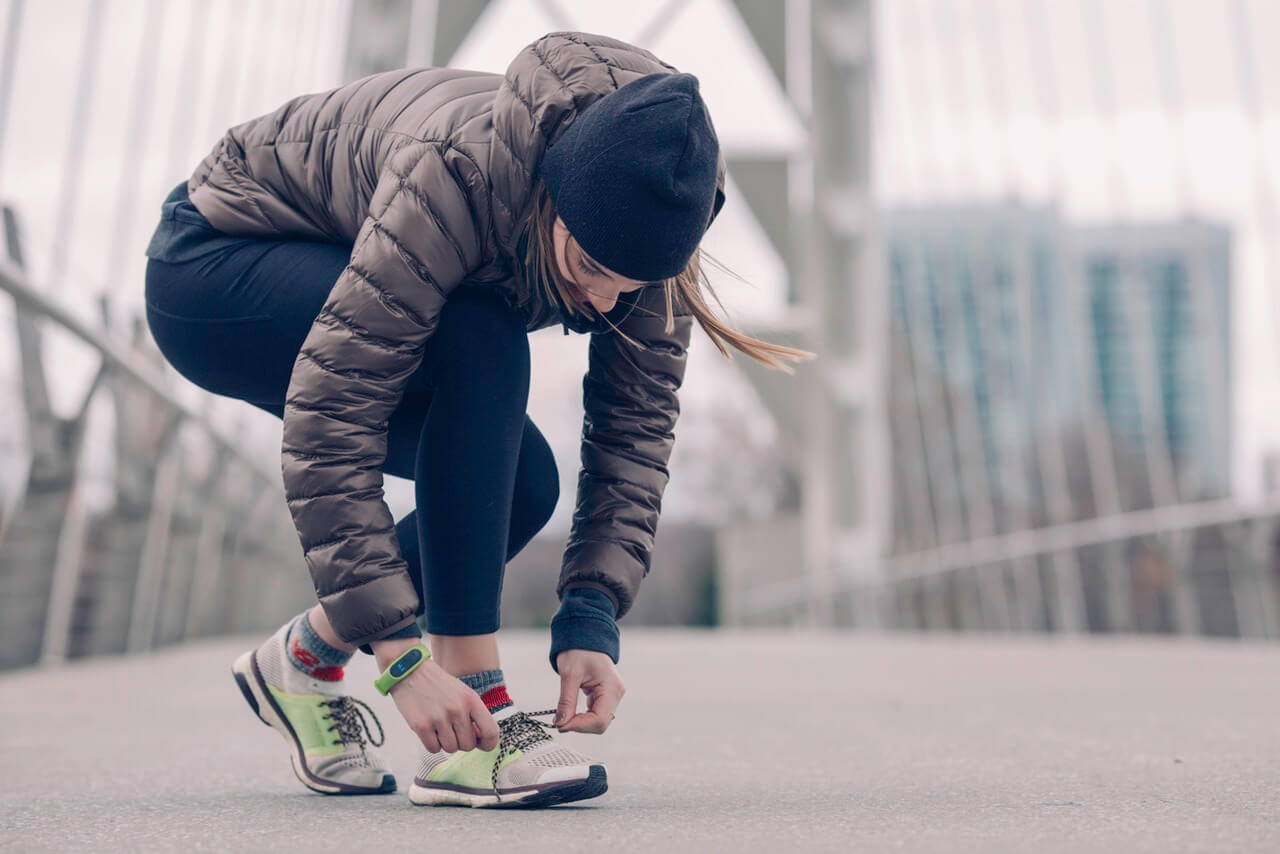Being stressed out is commonly understood to be a perceived pressure combined with a physical response. The physical response is a mixture of hormones and chemical messengers resulting in changes in our blood pressure, metabolism and muscles. The body has the ability to cope with stress and all of these changes are natural. However, too much stress combined with poor stress management increases inflammation and leaves a person at an increased risk of chronic disease. (1)(2)
Self-care techniques to reduce stress will get to the root of the problem and if combined with the anti-inflammatory diet, you will be on your way to reducing inflammation.
Yoga
For thousands of years many people, through their positive experiences have known the benefit of yoga. All of the talk has sparked scientific research and the results are pretty compelling. Many studies present a strong case for the psychological and physical benefits of yoga. Two studies specifically looking at inflammation both reported that those who participated in yoga had a reduction in inflammation and long term yoga practitioners had less inflammation overall.(3)(4) Either way, you cannot go wrong introducing yoga into your life for self-care and stress management.
Physical activity
From swimming to fencing, all types of physical activity have been studied and the results are always the same; physical activity reduces depression, anxiety and stress. (5) Whatever exercise you decide to do, follow this plan to achieve stress relief without adding more stress.
- Set a simple achievable goal, make it happen and then move onto the next.
- Rearrange your schedule to make it work, or find something that really fits.
- Find a workout buddy if possible. This person will help you be accountable and make it more fun.
- Slow and easy does it-don’t start off by pushing yourself too hard and then end up fatigued. Remember this should be enjoyable.
- Use the resources that are available to you: phone apps, personal trainers, on-line streaming, etc.
Stress relieving techniques are widely available from flower essences and aromatherapy to weekly massages and therapy. Find the right combination of self-care and keep that stress in check!
Sources
- Mahan, L. K., & Raymond, J. L. (2017). Krauses food & the nutrition care process. St. Louis, MO: Elsevier.
- Cohena1, S., Janicki-Devertsa, D., Doyleb, W. J., Millerc, G. E., Frankd, E., & Rabine, A. B. (n.d.). Chronic stress, glucocorticoid receptor resistance, inflammation, and disease risk. Retrieved July 05, 2017, from http://www.pnas.org/content/109/16/5995.full.pdf17
- Kiecolt-Glaser, J. K., Bennett, J. M., Andridge, R., Peng, J., Shapiro, C. L., Malarkey, W. B., … Glaser, R. (2014). Yoga’s Impact on Inflammation, Mood, and Fatigue in Breast Cancer Survivors: A Randomized Controlled Trial. Journal of Clinical Oncology, 32(10), 1040–1049. http://doi.org/10.1200/JCO.2013.51.8860
- Vijayaraghava, A., Doreswamy, V., Narasipur, O. S., Kunnavil, R., & Srinivasamurthy, N. (2015). Effect of Yoga Practice on Levels of Inflammatory Markers After Moderate and Strenuous Exercise. Journal of Clinical and Diagnostic Research : JCDR, 9(6), CC08–CC12. http://doi.org/10.7860/JCDR/2015/12851.6021
- Otto, M. W., Church, T. S., Craft, L. L., Greer, T. L., Smits, J. A. J., & Trivedi, M. H. (2007). Exercise for Mood and Anxiety Disorders. Primary Care Companion to The Journal of Clinical Psychiatry, 9(4), 287–294.

